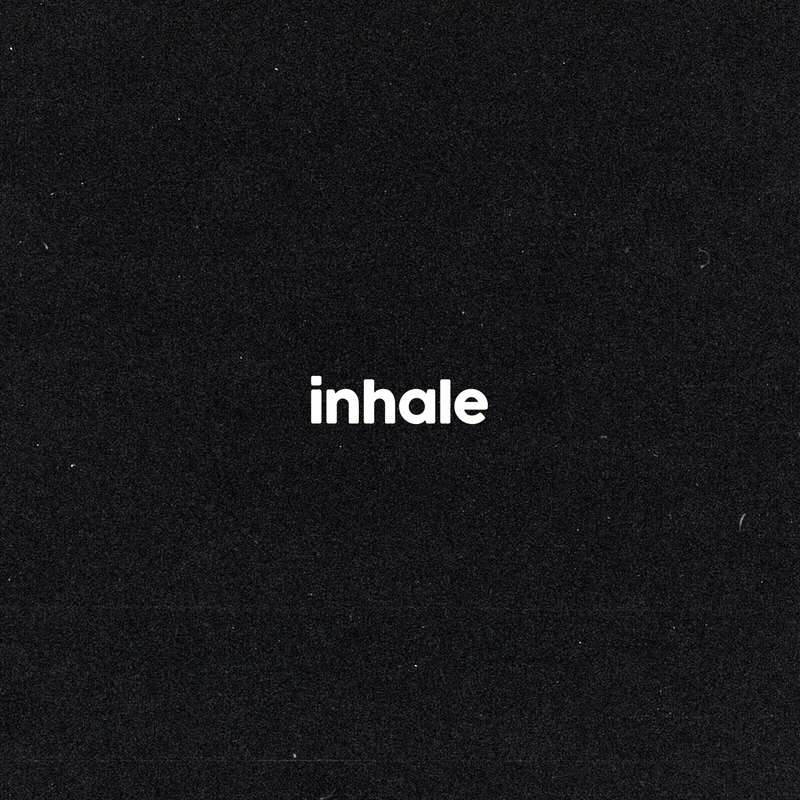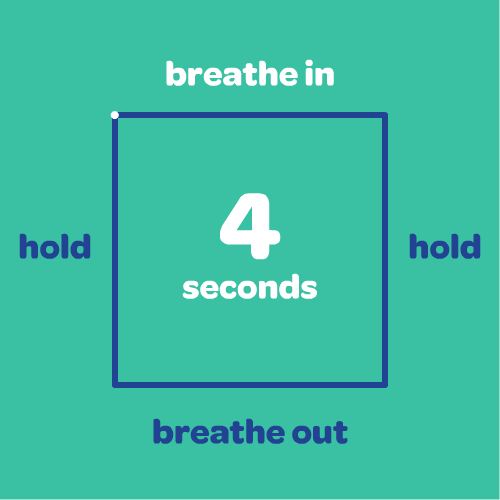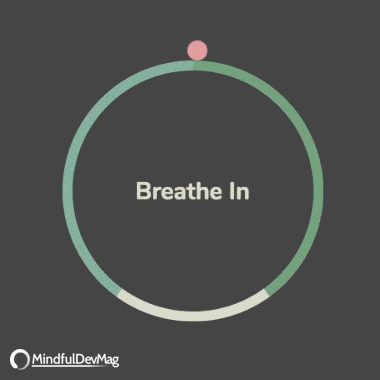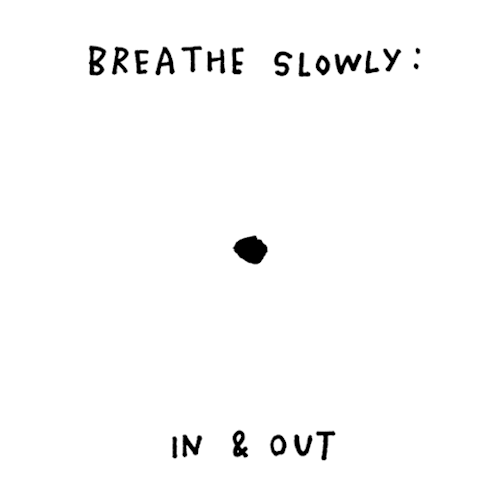
Breathing techniques, scientifically proven to bolster mental, emotional, and physical health, form the very cornerstone of practices like yoga, meditation, and mindfulness.
Just as orchestras require a maestro to harmonize its distinct instruments, our bodies need proficient breathing techniques to foster well-being and tranquillity.
Box breathing gif

What is box breathing?
Box breathing, also known as square breathing (or four-square breathing), is a simple yet powerful relaxation technique that aims to return breathing to its normal rhythm.
Box breathing aids in lowering heart rate, promoting calm, enhancing concentration, and providing an overall sense of well-being.
How to do box breathing?
This technique requires you to inhale, hold your breath, exhale, and hold it again, all for an equal count of four.
Anxiety breathing gif

How to stop heavy breathing anxiety?
To stop heavy breathing due to anxiety, start by finding a comfortable, peaceful space where you can sit down. Utilize calm, relaxed breathing techniques such as diaphragmatic or belly breathing.
Here, breathe in slowly through your nose for a count of 4, hold your breath for a count of 2, and then exhale slowly through your mouth for a count of 6. Focus on your breath and try to clear your mind.
Regular practice along with mindfulness can help. However, if your symptoms persist or increase, please consult a healthcare professional.
Deep breathing gif

What is deep breathing?
Deep breathing, also known as diaphragmatic breathing, is a breathing technique where you consciously take slow, deep, and full breaths.
It involves drawing air in through the nose, allowing the diaphragm to lower and the lungs to fully expand into the belly area, thus facilitating better oxygen exchange. This practice reduces stress, lowers heart rate and blood pressure, and promotes better blood flow and relaxation.
4 7 8 breathing gif

What is the 4-7-8 breathing method?
The method is a technique developed by Dr. Andrew Weil based on an ancient yogic technique called pranayama.
It involves inhaling for 4 seconds, holding the breath for 7 seconds, and then exhaling for 8 seconds. By focusing on these specific counts, the mind is drawn away from distracting thoughts, which in turn promotes a state of deeper relaxation.
This controlled breathing helps to reduce anxiety, promote sleep, and manage cravings.